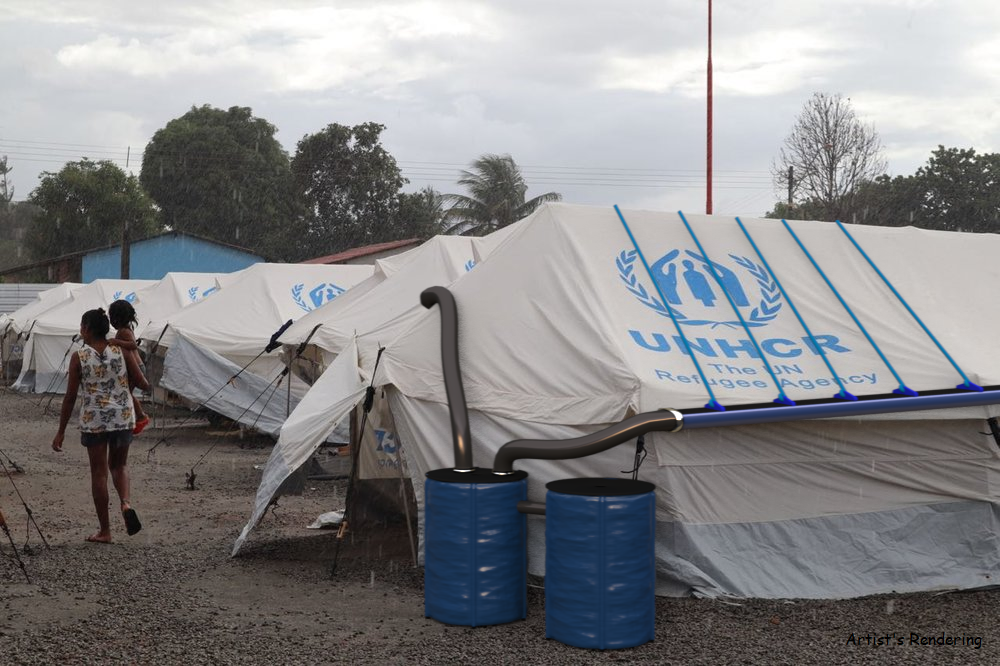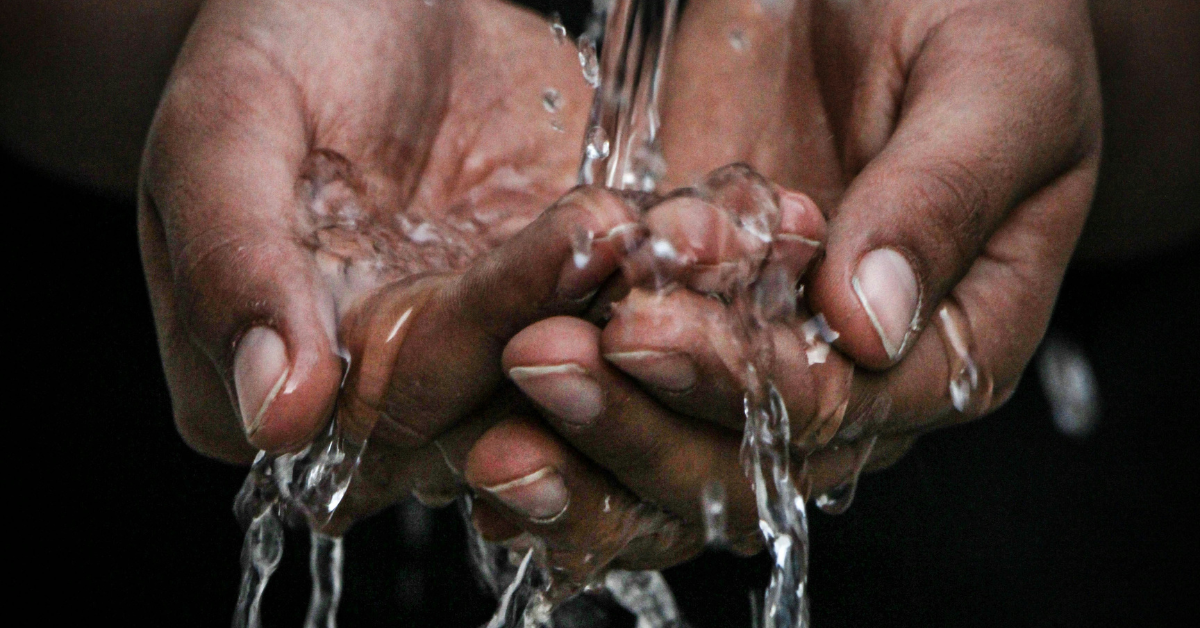Rainwater harvesting, the practice of collecting and storing rain for later use, holds a strong correlation with several of the United Nations' Sustainable Development Goals (SDGs). Its most significant impact is on SDG 6 (Clean Water and Sanitation), where rainwater harvesting contributes to enhancing water security by providing an alternative, sustainable, and local source of freshwater. It mitigates the effects of water scarcity, particularly in regions facing water stress due to climate change or population growth. Further, it also aligns with SDG 11 (Sustainable Cities and Communities), where urban rainwater harvesting systems can alleviate pressure on municipal water supplies and reduce flood risks. In relation to SDG 13 (Climate Action), rainwater harvesting provides climate resilience by securing water resources under changing climate patterns. Additionally, with appropriate implementation, it can support SDG 15 (Life on Land) by reducing soil erosion and replenishing groundwater levels, contributing to ecosystem health. Thus, rainwater harvesting offers a cross-cutting and valuable strategy in the pursuit of sustainable development.
The 2024 winners of the RELX Environmental Challenge, which supports innovative solutions to advance SDG 6 Clean water and sanitation, have been announced.
The RELX Environmental Challenge 2024 shortlist has been announced and features four innovative projects that provide sustainable access to safe water and improved sanitation.
Water harvesting techniques have shown promising outcomes in mitigating risks, increasing yields and delivering positive influences on other ecosystems. A field study was conducted in Northern Jordan to assess the influence of combined in-situ water harvesting techniques, micro-catchment and mulching on soil moisture content, plant morphology, gas exchange [photosynthesis (Pn), transpiration (E), and stomatal conductance (gs)] and midday stem water potential (Ψsmd) of young pistachio (Pistacia vera cv. Ashori) trees.
The concern regarding alternate sources of energy is mounting day-by-day due to the effect of pollution that is damaging the environment. Algae are a diverse group of aquatic organisms have an efficiency and ability in mitigating carbon dioxide emissions and produce oil with a high productivity which has a lot of potential applications in producing biofuel, otherwise known as the third-generation biofuel.
Approaches to Water Sensitive Urban Design: Potential, Design, Ecological Health, Urban Greening, Economics, Policies, and Community Perceptions, Volume , 1 January 2018
Water harvesting is an ancient practice that has been used, mainly in dry environments, to increase efficiency of water collection and use by directing water from a large natural watershed or man-made collection surface into a small basin where the water can be stored in underground reservoirs or to be used directly for irrigation or domestic uses. In modern era water harvesting has been neglected, particularly at the developed countries, due to the technological achievements in the fields of water production and transport.
Combined Sewer Overflow (CSO) infrastructure are conventionally designed based on historical climate data. Yet, variability in rainfall intensities and patterns caused by climate change have a significant impact on the performance of an urban drainage system. Although rainwater harvesting (RWH) is a potential solution to manage stormwater in urban areas, its benefits in mitigating the climate change impacts on combined sewer networks have not been assessed yet.


